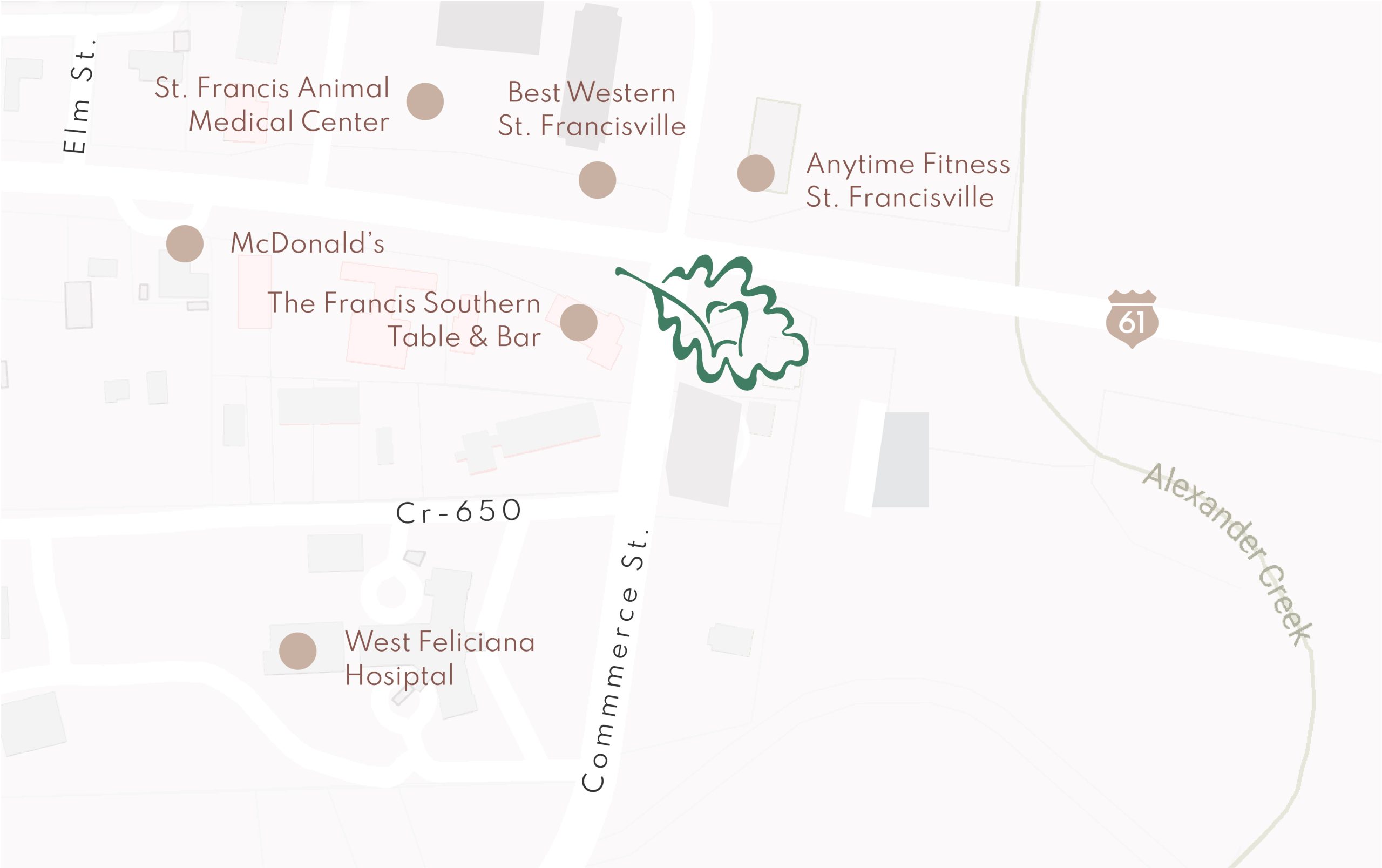After getting a permanent dental crown, Feliciana Dental’s Dr. Jacob R. Diebold will tell you to be careful when flossing initially to avoid loosening or dislodging the crown before it’s fully bonded to your tooth. What about after that? Below, our dentist in New Roads explains the best practices for flossing correctly and keeping your crown healthy long-term.
Choose the Right Floss Options
If you weren’t a regular flosser before your dental procedure, you might feel overwhelmed at the options:
- Traditional floss
- Floss picks
- Water floss
- Floss threaders
Dr. Diebold and the rest of our team can walk you through these choices and how to use them.
For some people, traditional floss is too thick to fit between the crown and the nearby teeth, so use a thinner floss. You can also use a floss threader, a small plastic tool that helps guide the floss between the teeth.
We get asked a lot about which floss option is better. This can depend on your situation and your lifestyle.In a perfect world, everyone would always brush and floss twice a day using the best possible toothbrush, toothpaste, and floss. That’s not a realistic expectation, so we believe in preventative care that works for you. Are you unlikely to go through the daily ritual with traditional floss but can manage with floss picks? Do it. More concerned about the best possible clean? Opt for traditional or water floss, as these clean more thoroughly.
Pull Floss Through, Not Out
You’re probably used to flossing and then pulling the floss out from between your teeth. This is fine for your natural teeth, but crowns can slowly become dislodged with that constant, yanking motion. Instead, when you’re done flossing, pull the thread through the back or front of the gap.
In general, gentler is better. A lot of people assume the harder they brush or floss, the cleaner their teeth will be. In reality, you could do more harm that way, both to your natural teeth and your dental crown. A simple back-and-forth motion is better. Don’t force anything.
Floss, Rinse, Brush
This is the best order for cleaning your teeth. The reason is because floss can dislodge small particles or even move around bacteria, especially if you’re using floss picks. Rinsing with an antibacterial mouthwash can then kill bacteria and wash out any food particles. Complete the process with brushing, preferably with a soft-bristled brush. Remember, you don’t have to brush hard, just thoroughly.
Be Consistent
We know that some days, it’s going to be a challenge to floss. We get it. Even so, try to floss and brush as regularly as you can. This not only protects your crown but also your other teeth.
Consistency is also best when it comes to preventative care. Cleanings and checkups help us recognize if there’s anything wrong with your crown. We might even spot what’s not working about your flossing or brushing technique. We can also catch cracked teeth early before they need a crown.
Ask Our New Roads Dentist About Crown Care
No one automatically knows how to take care of a crown, so don’t feel embarrassed to ask questions about everyday care like flossing or brushing. It’s natural to be a little nervous about doing the wrong thing. At Feliciana Dental, we’d rather you ask so that we can equip you with the information you need to preserve our work. Contact us today with questions about crowns or flossing.






